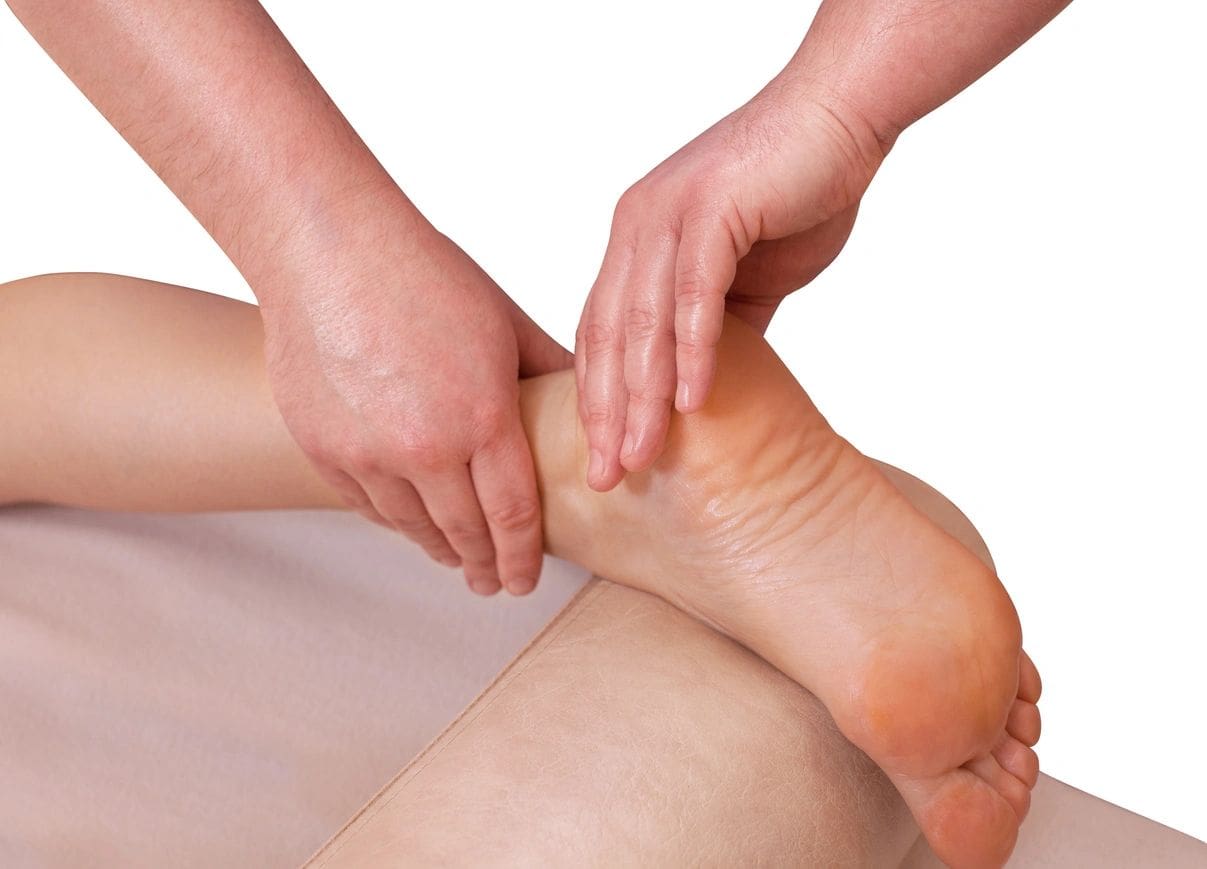
Achilles Tendinopathy

What is the Achilles tendon?
The Achilles tendon is the largest and strongest tendon in the body. It connects your calf muscles (the soleus and the gastrocnemius) to your foot, making it possible for you to push off from the ground and propel yourself forward when you walk or run.
The calf muscles also help with shock absorption, and those loads get transferred across the Achilles. One study reported that your Achilles tendon experiences forces up to 12 times your body weight when you run.
Given the demands placed on this structure, it’s no surprise that the it can be vulnerable to injury. Achilles injuries are among the most common running injuries, with an annual incidence of about 7-9%. The Achilles is also commonly injury in other sports and in the more sedentary population.
What is Achilles tendinopathy?
Tendinopathy means injury or disease of the tendon. Pain or stiffness in the back of your heel could be an indication of Achilles tendinopathy. Symptoms usually occur a few centimeters above where the tendon inserts. The Achilles may be tender to touch or thickened. Typically, the tendon will be more painful following inactivity. For example, you may have more symptoms when you first get out of bed in the morning or after sitting for a long time. There is often a ‘warm-up effect’ where the tendon will ‘loosen up’ and the pain will decrease with activity, and then increase later after the activity is over. You may experience pain with walking, descending stairs, running or hopping.
How is Achilles tendinopathy managed?
Achilles tendinopathy can be acute or chronic. If symptoms are more acute, there may be some inflammation involved. If this is the case, allowing the tendon to rest will be important so that symptoms can calm down before you begin gradually loading and strengthening the tendon. The amount you need to rest and modify activities will depend on your unique circumstances and the intensity of your symptoms. If your symptoms are more chronic (greater than 3 months), there may not be an active inflammatory process present. Instead, the tendon may be in a weakened state. In this situation, the right amount of loading will stimulate your body to start repairing the tendon to make it stronger. Symptoms should be monitored to determine the right dosage and frequency of exercises.
There are several risk factors that can contribute to the development of Achilles tendinopathy. Decreased ankle or foot range of motion, decreased calf strength, and training errors may contribute to the development of the condition. It is also important to look globally at your gait and posture. A physical therapist can assess these factors and help make a plan to address the ones that may be pertinent to your case of Achilles tendinopathy. Some systemic risk factors have also been identified, including high blood pressure, high cholesterol, and diabetes. If these systemic issues are not properly managed, they can impact tendon healing.
The good news is that there is strong evidence supporting the effectiveness of exercises to treat Achilles tendinopathy! Research has demonstrated that Achilles tendinopathy responds well to physical therapy with significant improvement in function reported after 6 to 12 weeks of interventions. Most people are able to return to their previous activities with minimal complaints.
At Dynamic Physical Therapy Chicago, we perform a detailed evaluation of standing posture and gait analysis. We assess the joints and muscles of the foot, ankle, knee & hip, look at muscle strength, and palpate soft tissues. After we perform the evaluation, we will discuss our findings and develop a detailed plan of care with you. Treatment consists of one-on-one care with a physical therapist that includes manual treatment, postural/gait training and a detailed exercise program. We may also recommend modifications
If you think you are suffering from achilles tendinopathy, call 312-643-1555, book online, or email info@dynamic-pt.com to schedule a physical therapy evaluation. Like us on Facebook or follow us on Instagram @dynamicptchicago for more information on common musculoskeletal injuries and how to treat them.
- Komi PV, Fukashiro S, Järvinen M. Biomechanical loading of Achilles tendon during normal locomotion. Clin Sports Med. 1992 Jul;11(3):521-31.
- Novacheck TF. The biomechanics of running. Gait Posture. 1998 Jan 1;7(1):77-95.
- Carcia CR, et al. Achilles Pain, Stiffness, and Muscle Power Deficits: Achilles Tendinitis. J Orthop Sports Phys Ther. 2010:40(9):A1-A26. doi:10.2519/jospt.2010.0305
